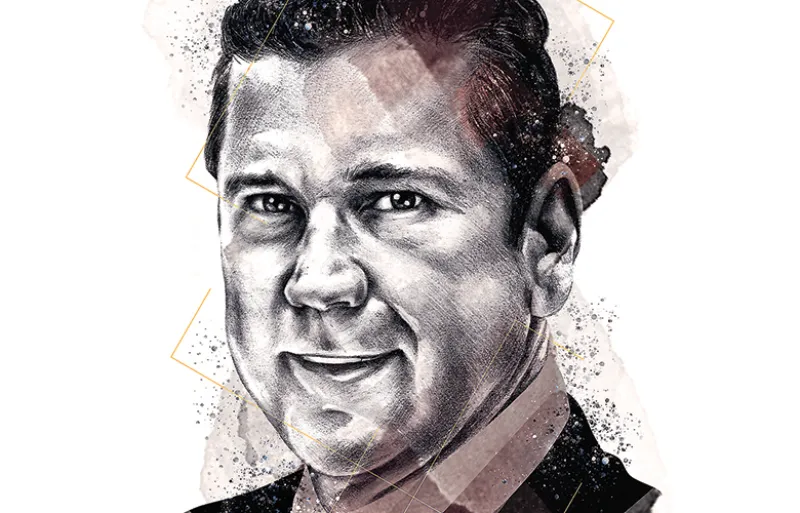Being a bank no one has heard of has, for the last decade, been a good thing. Now, though, MUFG Securities wouldn’t mind getting a little air time.
MUFG Securities’ $2.6 trillion conservative parent — Mitsubishi UFJ Financial Group, the largest financial services company in Japan — remained healthy during the financial crisis, even providing much-needed capital to Morgan Stanley when it was teetering in 2008. MUFG, whose small securities business had shunned junk bonds and other products that got the world’s biggest banks into trouble, emerged from the crisis with its credit rating, reputation, and client relationships intact. With power even more concentrated in just a handful of banks in the years following the crisis, decision-makers at MUFG determined it was time to expand and leverage the demand of institutional investors and corporations looking for an option outside entrenched industry giants like JPMorgan Chase and Goldman Sachs.
The bank had its work cut out for it: It needed to shrug off its conservative culture of primarily booking loans for its corporate clients and dive into the investment banking business it had once left to its competitors. And it needed to finally move on from the no-longer-profitable model of holding securities on its books to an agency model where it would originate to distribute. In banking parlance, it needed to increase velocity: lend, move, lend some more. With growth flat in Japan, MUFG bosses were up for an international expansion.
“We’re one of the few growth stories in an industry that is in secular decline,” says the securities group’s international business head, Geoffrey Coley, who started at MUFG Securities in June 2014 to help expand the business. Coley had joined Salomon Brothers as a corporate bond trader in 1986, before it became part of Citigroup under the name Salomon Smith Barney. He ultimately rose to co-head of global fixed income, currencies, and commodities at Citi before leaving the bank in 2007. Prior to joining MUFG, he completed short stints at a few smaller players, including Citadel Securities and Gleacher & Co. “I thought MUFG had a real opportunity, because the number of bona fide investment banks and lending institutions had shrunk for the average Fortune 500 company, and institutional investors really wanted to diversify their counterparty risks,” he says.
Coley has been busy building up the firm’s investment banking capabilities, including corporate bonds, rates trading, asset-backed securities, collateralized loan obligations, structured financing, capital markets solutions, and U.S. residential mortgage trading, to name a few. And he’s been hiring Wall Street veterans, including Goldman Sachs’ Grant Moyer, brought on as head of leveraged capital markets for the Americas; ex-RBS client relationship manager Paul Lavelle, appointed as the international head of the institutional client group; and Credit Suisse’s Tricia Hazelwood, who was named head of structured products.
One of Coley’s key hires was Paul Young, another Salomon Smith Barney veteran and an old friend. Coley had wanted Young to leave Citi to run international capital markets at MUFG. “This was very much an opportunity to replay — with an obvious Japanese perspective — what we did at Salomon Smith Barney and Citibank in 1999 when we merged and brought together an investment bank and a corporate bank,” Young says. “I also looked at it as a very big macro play on expected investment flows from Japan and found the whole proposition very attractive.”
Judging by its league table standings, MUFG Securities has had success in a short time. According to Bloomberg, it’s now in ninth place in the U.S. among investment-grade corporate bond providers and eighth place in U.S. asset-backed securities. It’s also ranked 11th in U.S. collateralized debt obligation refinancings. In July, MUFG was among the banks managing AT&T’s $22.5 billion bond offering, and it has been involved in the $40 billion in loan commitments to back the telecommunications giant’s acquisition of Time Warner.
Part of the fun for newbie MUFG has been designing some things from scratch. Take credit trading, for example. Five years ago the big banks controlled trading and clients didn’t need a newcomer’s liquidity. If investors wanted market color and prices, they went to a handful of players. Now every bank is required to publicly report trades and new entrants can get access to information they never had before. Young says MUFG gets to tailor its strategy and systems to today’s environment. The playing field is not quite level, but it’s getting there.







